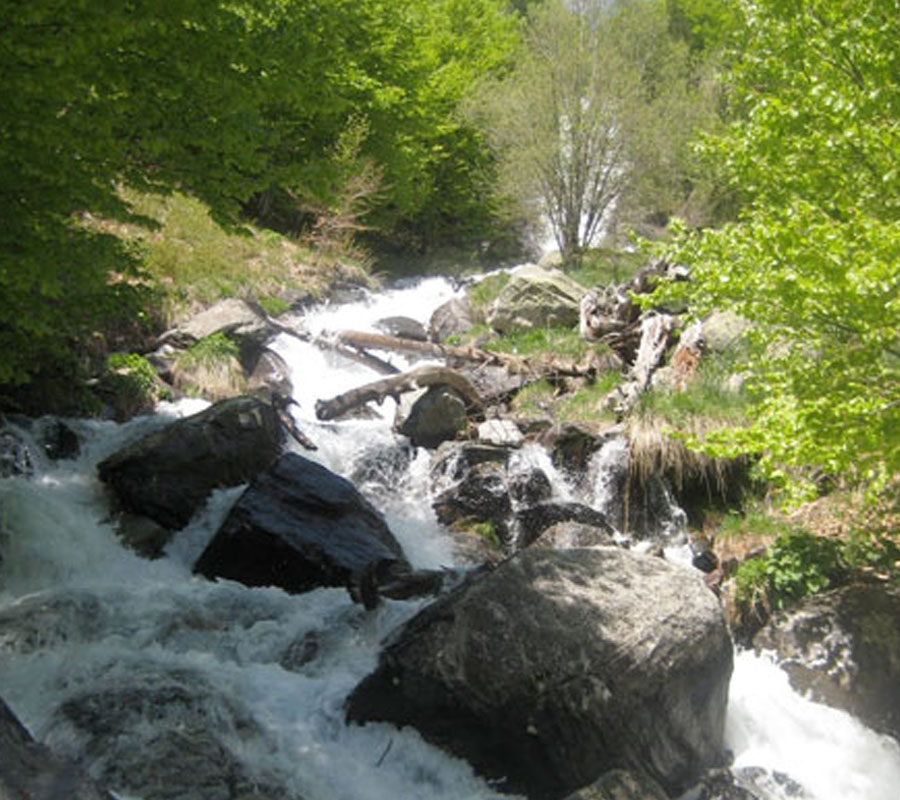This trail takes you to higher altitudes in search of birds that live only in the Pyrenees and Cantabrian Mountains. Every spring ornithologists from Great Britain, Belgium and the United States visit the areain a conscientious effort to seek out these iconic birds.
To get to the path, first take the car to the La Sarra reservoir, which is 4 kilometres from Sallent. From there take the trail towards Ibón Respomuso (lake). This is the trans-Pyrenean Great Trail, or Gran Recorrido (GR), that crosses the Pyrenees from east to west. Walkers must be physically fit before attempting this trail as it is not without risk.
The trail takes approximately 3 hours to complete. It is not recommended that you do this trail when there is snow as there is a high risk of avalanches in the area. The safest months are July and August.
The trail starts with a gentle climb through the Tornadizas plain, following the course of the River Aguas Limpias. Walkers will enjoy the spectacular scenery, as they pass by meadows and groves on their way along the river.
You will get to a beech wood; when you do, keep an eye out for some massive holes in the trees, not too high up. These holes were made by the hammering of a very rare species of woodpecker, the black woodpecker; and the holes are where they nest.
After the woods, you continue through the Onso Pass (Paso del Onso), an impressive gorge and a demonstration of the force of the river, which over time dug out this narrow ravine. After the pass, you will arrive at Chano Cheto where the landscape opens up again and you can watch the wheatears, a small grey bird that moves up to this altitude in the summer time.
Shortly after this is the realm of rocks: the incline increases significantly and this is where the rock thrush lives, a brilliantly coloured bird with red and blue plumage.
The route ends at Ibón de Respomuso, a glacial mountain lake that sits in the Piedrafita cirque, in an impressive high-altitude mountain setting.
Here you can see bearded vultures and golden eagles in flight. Another bird, particularly difficult to spot, the wallcreeper, also lives in this rocky area. It is sometimes called the butterfly bird because of its wings which are pink and black in colour and rounded in shape. It is worth taking up your binoculars and spending some time looking for it among the walls of rock; with a bit of luck you may well spot one.



